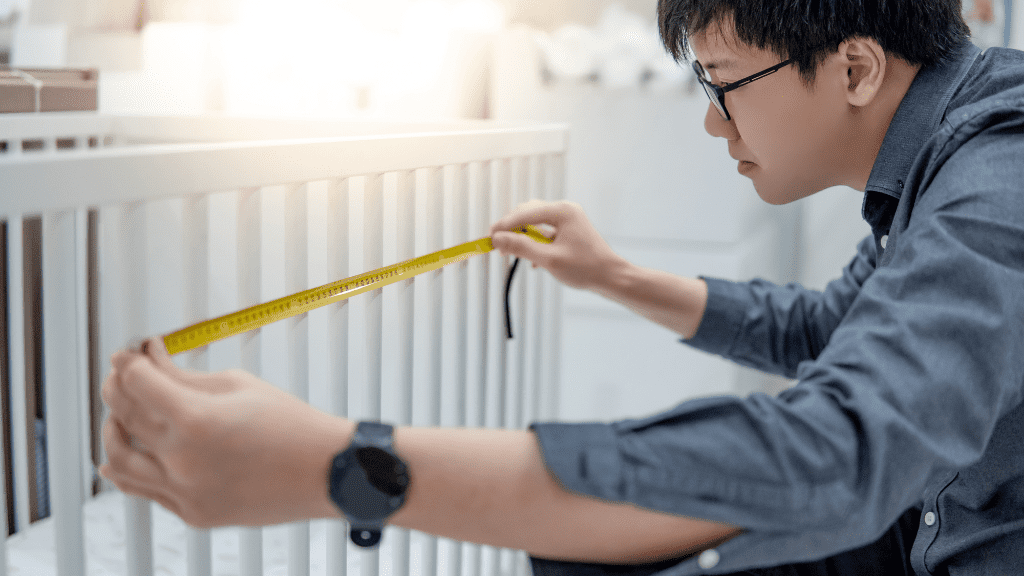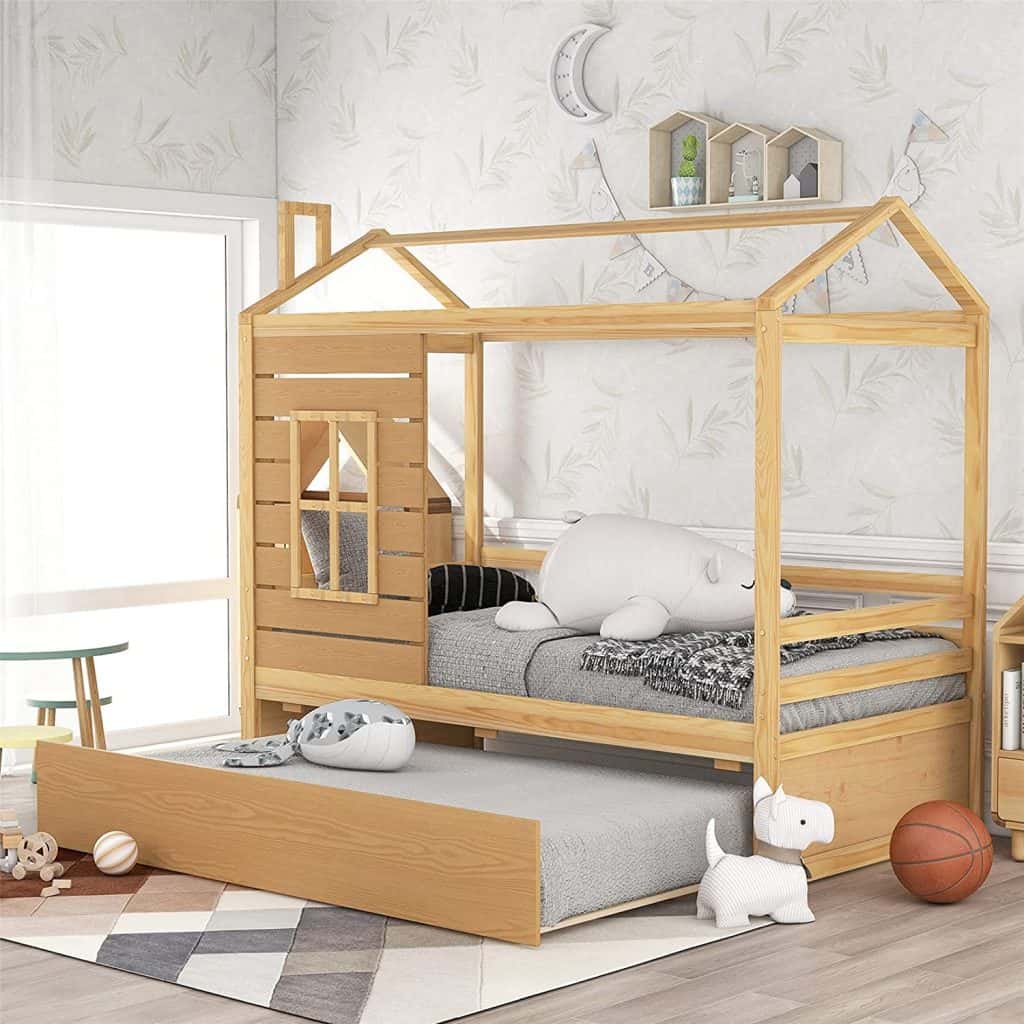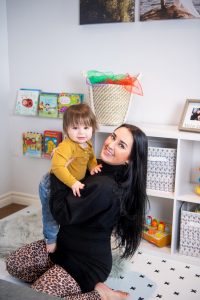
Table of Contents
Best Toddler Bed: if your little one seems to be attempting to escape the confines of their crib regularly, then it’s surely time to let them graduate to a big-kid bed, also true if they are close to 3 – 35 inches tall.
But, when to buy a toddler bed? How to pick the right one for the little munchkin? What are the features to look into to make sure the purchase is a vital one?
If questions like these happen to cross your mind on a regular basis, then let us tell you that your search is not finally over. With the help of this specially parenthoodbliss curated blog, we’re sure to help you find answers to all unanswered questions.
When Do You Buy A Toddler Bed? - The Toddler Bed Options To Choose From
Once you see your baby trying to escape the toddler bed or doesn’t seem to fit well in the crib, it’s best to switch to a toddler bed.
In such cases, there are 2 choices for choosing the best toddler sweet-dreams spot:
-A bed for toddlers that comes with a small bed frame and also easily fits a crib-size mattress. This option often comes disguised in the shape of a spaceship, sports car, or even a princess castle – choose what suits you the best
-The other option that you can choose is a toddler bed that fits a twin-size mattress with a bed frame. These usually have a portable safety rail and are the most popular option amongst most parents
Both these options make a good and safe choice. But what then to pick?
Buying A Toddler Bed - How To Choose?
To help you make an informed and right decision, make sure to read through these benefits and drawbacks to help guide your decision for the toddler:
Pros:
-The frames of the bed are pretty affordable for the toddler bed, this means, the cost can simply range anywhere between $50 to $200
-Most bed types most with safety rails and with standard crib mattresses
-The designs and fun colors on the frame of the toddler bed could be an exciting touch added for the little ones, making the transitioning from crib to bed fairly easy and fun
-Most beds for toddlers are also low to the ground, which is great for little ones, especially if they are likely eager to climb in and out by themselves
Cons:
-The toddler beds come with a weight limit of 50 pounds, this means that the tot will eventually outgrow them.
-The weight limit does not allow parents to climb in and cuddle with the baby during their bedtime routine.
-Since these are low on the ground, there is a huge chance that your little one would bounce out of bed (maybe even intentionally) in the middle of the night.
-Most of these toddler beds are made from plastic, which means, these might not always be durable.
How To Choose?
-Look for a frame that can easily hold a standard-size crib mattress. In case the crib mattress you own doesn’t fit snugly into the bed frame, well you’d need to look for another since the gap between the mattress and the frame could pose an entrapment hazard.
-The toddler mattress must have sturdy construction. This means you’ll need to look for a toddler bed that is tough enough for the rough-and-tumble tot
-Side rails on a toddler bed are a must that allows you to attach them. These rails help restless sleepers stay put and safe during their naps.
-A smooth finish is also to be looked for, this includes well-rounded edges and hardware that do not stick out and pop your kid.
-It needs to be Juvenile Products Manufacturers Association (JPMA) certified. To know how to try to look for stickers on the packaging when purchasing a toddler bed, as well as, a safety rail. The sticker guarantees that it meets certain safety standards.
Buying A Twin Bed - How To Choose?

Here’s why you must opt for a twin bed:
Pros:
-These are more useful as compared to a toddler bed as they can hold the little one through high school too, making it a durable option to pick.
-Twin bed frames feature designs that are kid-friendly with headboards.
-These are huge enough with a good weight limit that can easily take the weight of the baby, as well as you inside for a snuggle sleep.
Cons:
-If you choose to buy a twin toddler bed, then you can expect to buy a mattress (costing anywhere between $75 to $1,000), a twin-size bed frame (between $100 to $300), and portable safety rails (of anywhere between $20 to $100 each), all of this that adds by to considerably more than a toddler bed.
-If the safety rails aren’t placed in the best manner against the mattress, there could be entrapment hazards.
-There are some twin bed frames that are too high for them to mount easily, limiting their independent movement.
How To Choose?
-Similar to buying a toddler bed, you must look for twin bed frames that are sturdy with smooth finishing rounded edges
-The hardware shouldn’t protrude and must be JPMA certified. Purchasing a twin bed frame without a JPMA sticker doesn’t necessarily mean that the product is unsafe but only that it does not meet the JPMA standards.
-If your toddler happens to toss and turn often during their sleep, then you’ll need to also keep the mesh safety rails in mind. On the other hand, if the kid stays still while snoozing, then look for a steel or wood safety rail, instead.
The Best Toddler Bed Final Words:
We hope the blog above has helped you understand the kind of toddler beds you must look into, considering the need of the hour. While both the options mentioned above are safe and comfortable to use, these have their fair share of pros and cons that a parent can look into and make an informed decision for their toddler.
Guide To Choosing The Best Toddler Bed FAQs
1) Should I buy a toddler bed?
2) What are the two kinds of toddler beds to choose from?
3) Why shouldn’t a parent with a single toddler not choose a twin bed?
Reviewed By –

Desiree Blanchard - Child Development Consultant, Owner and Founder of Love Bloom & Learns
Desiree Blanchard is an Early Interventionist, a Positive Parenting Practitioner, as well a mommy of two. She has a Master's Degree in Human Kinetics specializing in child health. Desiree is the owner and founder of Love Bloom & Learns, a consultative business that provides education around many child development topics. She currently works in an early intervention setting to provide direct-service delivery to families of infants and young children at risk of delayed development or developmental delays.




